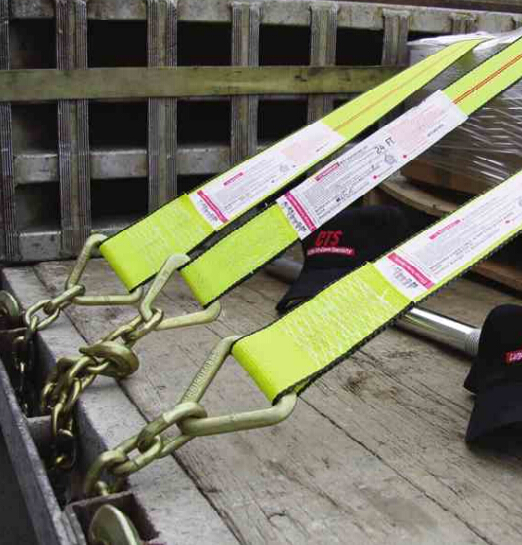Vacuum-assisted brake inspection
Using the brakes with vacuum assist bookmark0 The brake system of Hyundai Motor is usually composed of three parts: vacuum booster, hydraulic transmission and brake. In order to ensure the safety of driving, the inspection of the braking system must be strengthened in daily use.
When vacuum booster is inspected, vacuum booster should pay attention to the following two points: First, check the sealing performance of vacuum booster by starting the engine and accelerating to medium speed around 1500r/min, then turn off the ignition switch to turn off the engine. At the same time, quickly lift the accelerator pedal to make the engine intake pipe have a higher degree of vacuum; after the engine is turned off for 90s, step on the brake pedal, if you can hear a clear "call" near the vacuum booster Lost sound, then lifted the brake pedal and then stepped down again, you can hear a deflated sound, indicating that the vacuum booster sealing is good; otherwise it shows lax seal or poor sealing, the reason may be the vacuum booster vacuum check valve Lax seals, clogged or leaking vacuum lines, should be checked and repaired.
Secondly, check whether the vacuum booster is working properly. The method is: in the state of engine flameout, step down the brake pedal several times to eliminate the vacuum left in the vacuum pipeline; then use a moderate force to step on the brake text again. Zemin pedals and keeps the brake pedal motionless; starting the engine, if it can clearly feel the brake pedal falling a certain distance, then the vacuum booster is working. If the brake pedal does not feel subsided or feels not obvious at the engine start-up moment, it means that the vacuum booster has lost the assisting function and should be further dismantled and repaired. If necessary, replace the assembly.
Inspection of hydraulic transmission First check whether the brake fluid level and oil quality in the brake master cylinder meet the requirements, whether the joints of the brake pipeline are tightened, whether there is leakage and corrosion, and whether to repair or replace in time.
Secondly, check whether the hydraulic transmission is working properly. The method is: step down the brake pedal with a large force and keep it in the position where the pedal does not move. If the pedal can remain in this position for more than 3 minutes without falling, it means working. Normal; If you keep less than 3min or fall quickly, it means that the brake master cylinder and the hydraulic transmission device can not guarantee the normal brake hydraulic pressure. At this time, the hydraulic brake system should be further disassembled and overhauled. For brake master cylinders, some cars, such as the Santana sedan, should be replaced after the damage is stipulated, and disassembly and repair are not allowed.
Finally, check whether the brake fluid contains air by pressing a few feet of the brake pedal continuously. If you feel that the pedal is flexible and the pedal position is gradually raised, stop for a moment and then step again. The position of the pedal becomes very low. Mixed air in the brake fluid should be exhausted in the order from the farthest rear wheel to the nearest front wheel.
After checking the brake, after confirming that the vacuum booster and the hydraulic transmission device are working properly, check the wheel brakes again: Check the low-speed braking performance: Perform normal braking at a vehicle speed of about 30km/h, and the vehicle should be able to stop smoothly. Should be able to turn into idling after braking.
Emergency braking performance check: Accelerate the car to about 50km / h, quickly step down the brake pedal, the front and rear wheel brakes should work at the same time, and the front wheel is slightly earlier than the rear wheel; the car can be stopped smoothly without obvious running Bias phenomenon. Otherwise, the brake or proportional valve is faulty and should be adjusted, dismantled, repaired, or replaced.
Brake return performance check: After using the brakes once, do not use the brakes about 3km driving. At this time, check the temperature of the brake drum or brake disc and feel no heat when touching. In the past years, valve dampers and oil rings commonly used in domestic and imported diesel engines were installed on valve stems or pipes. The structure shown in -a is simple, easy to disassemble and install, but because the rubber oil retaining ring is fixed on the valve stem to move up and down with the valve, the negative pressure generated between the oil retaining ring and the valve stem can inhale some lubricating oil. The oil is fixed to the pipe with the valve's ground, avoiding the -a defect. However, it is costly, complicated, and limited by the installation location. -c is a more reliable oil retaining structure with good oil blocking effect and simple structure. In addition, the valve guide motion follows the valve stem.
The rubber block material shown in -b should be an oil-containing alloy. The oil ring on the inner edge of the valve guide hole is inlaid with some metal cuffs so that the chamfering angle of the oil retaining ring should not be too large.
Repair and maintenance 55
WinnerLifting deals mainly with Hooks using as End Fittings for ratchet lashing belts.
These hooks are of very different shapes and surface treatments,and of course,there diameters and formations decide that they are of different breaking strength.
While we use ratchet lashing belts,we need at least two anchor points at both side of the things we need to tie,and we use hooks mainly to connect the webbing with anchor points.
There are Double J Hooks,J hooks,Flat Hooks,wire hooks,Close Rave Hooks,etc.

Hooks
Car Lashing Hooks,Twisted Hooks,Safety Hook,Close Rave Hooks
WINNERLIFTING INDUSTRY & TRADING CO.,LTD. , https://www.winnerlifting.com